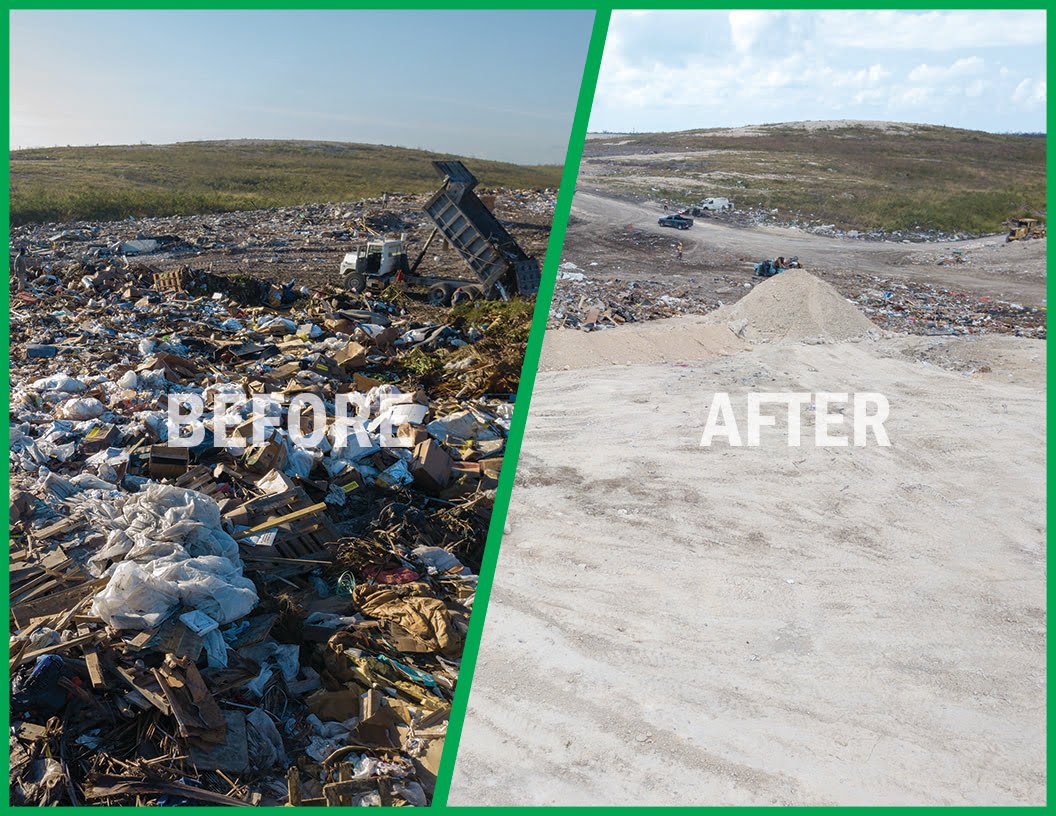NASSAU, BAHAMAS – The New Providence landfill’s manager yesterday said it has spent roughly $10 million to-date remediating the site.
Chairman of the New Providence Ecology Park, Felix Stubbs noted the progress to transform the site from environmental hazard to eco-park in less than 12 months, but said there remains more work to be done.
“It’s a work in progress,” Stubbs said.
“Where we are today we are not where we want to be. There is still a lot capital expenditure that we need to get. There is still a lot of equipment that needs to come in. In about ten days time some more equipment coming.
“If you come out here in another six month you would be amazed at the progress. Where you see a lot of wasteland right now we expect to turn that into a lot of green shrubbery.”
He said: “To date we have spent about $10 million. It’s labour intensive and capital intensive. It takes a while to make a payback but we have to do the work upfront.”
NPEP took over management of the landfill March 15, 2019.
Over the next six months, Stubbs said the NPEP intends to roll-out a modernized scale system and improved data collection system for tracking materials coming in and out of the site; a recycling program that will accept cans, glass, plastic, aluminum, cardboard and mixed; a robust composting program that will turn rubbish into compost and soil that will help rehabilitate the site and support landscaping and agriculture in the Bahamas; and an e-waste recycling program to properly manage computers and other electronics and keep them out of the landfill.
NPEP imported over 40,000 yards of cover material from offsite and recycled over 20,000 yards of old waste and integrated them into the cap and closure project.
Timothy Hodge, project manager of the New Providence Ecology Park said: “The biggest thing is really getting the waste under control. When we met the site it was about 95 acres of open garbage all over the place just sitting out in the sun.
“Getting that consolidated, compacted and covered was really a big push we did. We imported over 40,000 yards of material from off site and we reused about 20,000-30,000 yards here on site for the same project.”
He added: “Getting everything capped, contained and controlled was really the big push of phase one and that’s kind of where we find ourselves now.”






